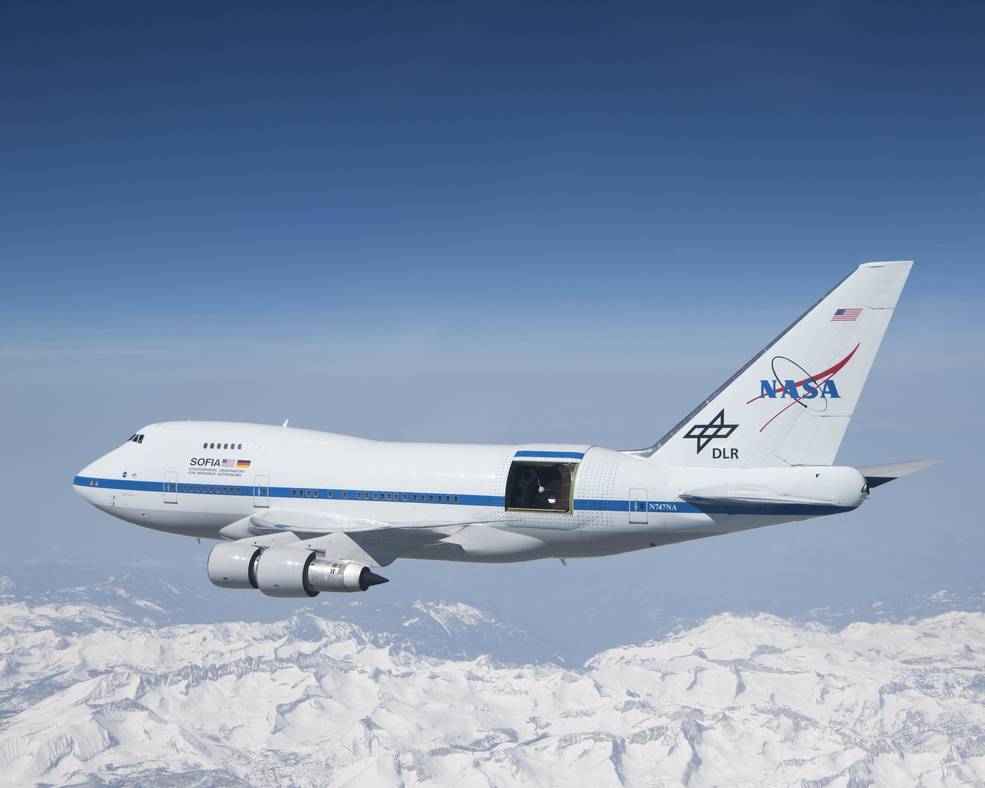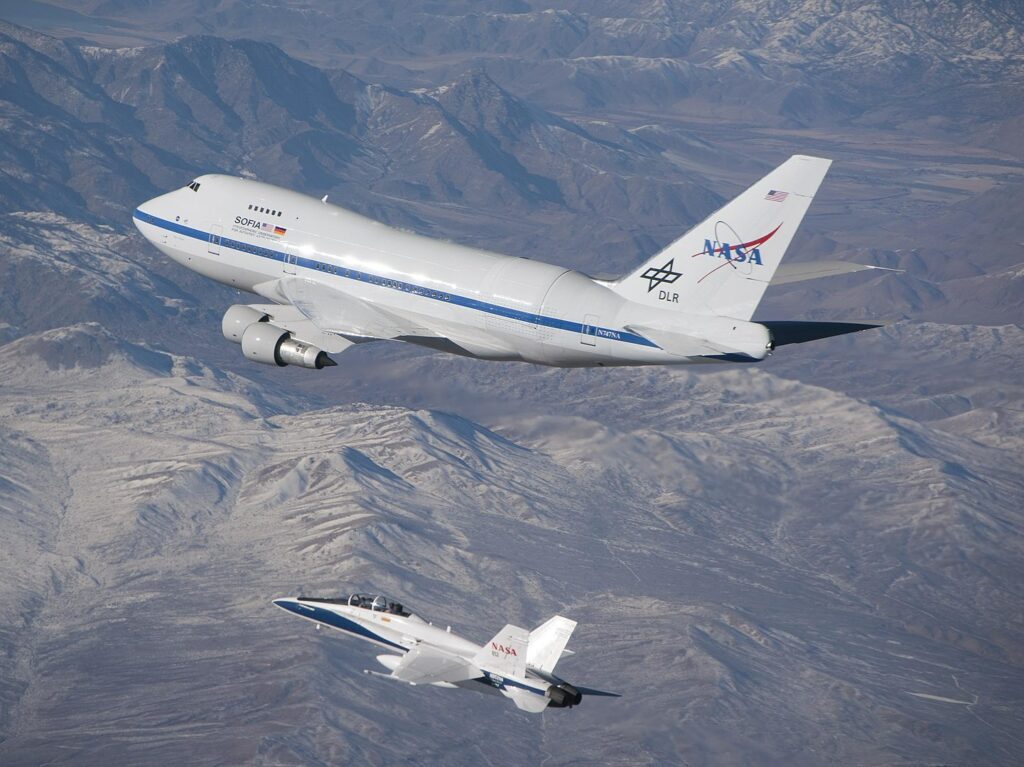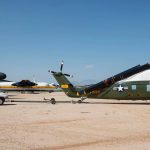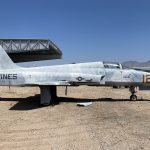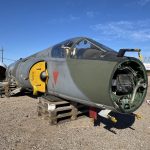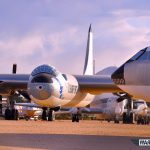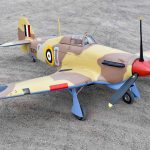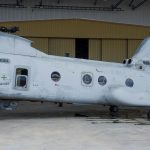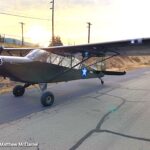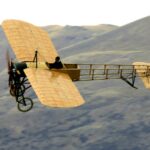PRESS RELEASE
NASA’s now-retired Stratospheric Observatory for Infrared Astronomy (SOFIA) aircraft will find a permanent home in the Pima Air & Space Museum in Tucson, Arizona. The airplane is expected to make its final flight from NASA’s Armstrong Flight Research Center in Palmdale, California, to Tucson on Tuesday, December 13th.
“The SOFIA mission has a powerful potential to inspire, from its discoveries about the unknown in our universe, to the engineering achievements that broke new ground, to the international cooperation that made it all possible,” said Paul Hertz, senior advisor for the Science Mission Directorate at NASA Headquarters in Washington. “We are excited SOFIA will continue to engage a diverse new generation of scientists, engineers, and explorers.”
The SOFIA aircraft is a Boeing 747SP jetliner modified to carry a reflecting telescope. Engineering innovations enabled a large door in the fuselage to remain open while the aircraft was in flight, allowing the telescope to observe infrared light from the Moon, planets, stars, star-forming regions, and nearby galaxies. After a successful eight years of science, SOFIA completed its science program and ended operations on September 29th, 2022.
To determine a new home for the plane after the end of the mission, NASA followed regulations for the disposition of excess government equipment. Pima, one of the world’s largest aerospace museums, is developing plans for when and how the SOFIA aircraft will eventually go on display to the public. Along with six hangars, 80 acres of outdoor display grounds, and more than 425 aircraft from around the world, Pima also has its own restoration facility where incoming aircraft like SOFIA are prepared for exhibition after their arrival.
At Pima, the plane will join other notable NASA aircraft, like the first Super Guppy, which transported Saturn V rocket parts for the Apollo missions, and the KC-135 “Weightless Wonder V” which created low-gravity conditions by flying parabolic arcs – steep climbs and dives – to conduct science experiments and train astronauts. NASA plans to support the exhibition of the SOFIA aircraft with additional mission artifacts that speak to SOFIA’s legacy.
SOFIA was a joint project between NASA and the German Space Agency at the DLR (German Aerospace Center) headquartered in Cologne. DLR provided the telescope, scheduled aircraft maintenance, and other support for the mission. NASA’s Ames Research Center in California’s Silicon Valley managed the SOFIA program, science, and mission operations in cooperation with the Universities Space Research Association, headquartered in Columbia, Maryland, and the German SOFIA Institute at the University of Stuttgart. The aircraft was maintained and operated by NASA’s Armstrong Flight Research Center in Palmdale, California. SOFIA achieved full operational capability in 2014 and concluded its final science flight on September 29th, 2022.







